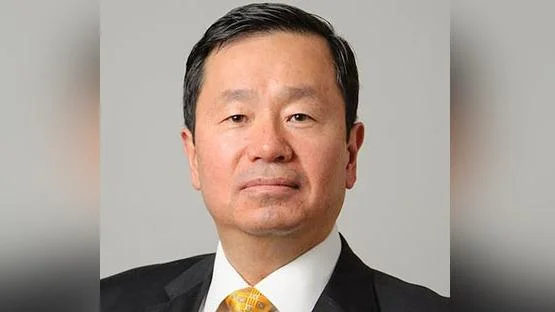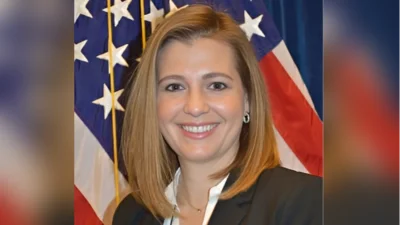Mun Y. Choi, PhD, President | University of Missouri
Mun Y. Choi, PhD, President | University of Missouri
A University of Missouri researcher has developed a computer program that can provide insights into how proteins work together, aiding in the prevention, diagnosis, and treatment of cancer and other diseases.
Jianlin “Jack” Cheng from Mizzou’s College of Engineering and his student, Nabin Giri, have created Cryo2Struct. This tool uses artificial intelligence (AI) to construct the three-dimensional atomic structure of large protein complexes. The model utilizes data from cryo-electron microscopy (cryo-EM) images.
“Cryo-EM right now is a revolutionary, key technology for determining large protein structures and assemblies in cells,” said Cheng, a Curators’ Distinguished Professor of Electrical Engineering and Computer Science. “But building protein structures from Cryo-EM data is labor intensive and requires a lot of human intervention, making it time-consuming and hard to reproduce. Our technique is fully automated and generates more accurate structures than existing methods.”
Proteins are essential components of life that start as strings of amino acids folding into three-dimensional shapes which determine their function. For over 50 years, understanding this folding process has been challenging for researchers.
Cheng was one of the first to apply deep learning to predict protein structures. In 2012, he demonstrated an AI-based model showing that deep learning could predict these structures. This work led to significant advancements including Google’s AlphaFold.
However, predicting single protein structures is only part of the challenge since proteins operate together as molecular machines performing complex biological functions. Understanding these interactions is crucial for disease development and treatment strategies.
Cheng’s Cryo2Struct works by analyzing cryo-EM images to identify individual atoms within a protein complex without prior knowledge of the structure. It then assembles these atoms into a complete 3D model providing insights into protein functions.
“Our technology enables scientists to determine and build a structure from cryo-EM data,” Cheng said. “Once you have that structure and understand its functions, you can design drugs to counter any faulty functions of a protein complex to make it function properly.”
In another study published in Chemistry Communications, Cheng along with his student Alex Morehead explored an AI method called diffusion model which helps generate small molecules including drugs optimizing their binding with proteins.
“For instance, I have a drug, and I want to make it work better for some patients,” Cheng said. “Now I can use AI to change it and optimize it.”
Cheng credits Mizzou’s interdisciplinary resources for enabling this breakthrough. As a researcher at NextGen Precision Health, he has access to advanced equipment like Cryo-EM.
“The opportunities at Mizzou to collaborate with other researchers and utilize state-of-the-art equipment are unparalleled,” he said. “At NextGen we’re all working to advance highly individualized health care, and technologies like Cryo2Struct will help make that possible.”






 Alerts Sign-up
Alerts Sign-up